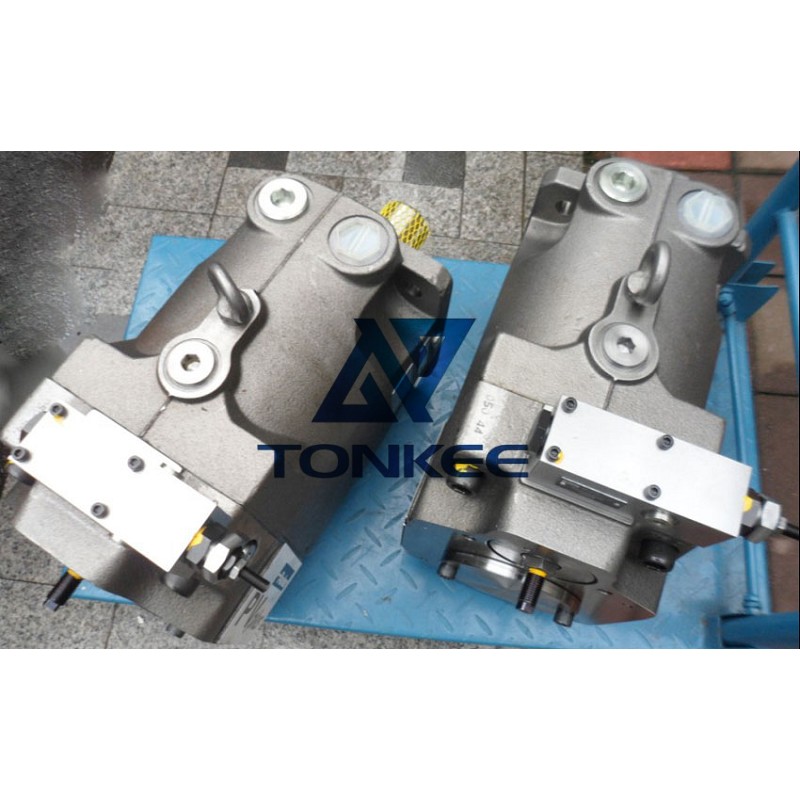
One possible reason for low pressure could be a problem with the pump's inlet.
Ensure that the inlet line is properly connected and free from any obstructions or restrictions. Check for any clogged filters or screens that may be hindering the flow of fluid into the pump. Clean or replace these components as necessary.
Another factor to examine is the pump's internal components. Axial piston pumps typically consist of pistons, cylinders, and a swash plate mechanism. Inspect these parts for wear or damage that may be affecting the pump's performance. If any components are found to be faulty, they should be repaired or replaced accordingly.
Inadequate fluid level or quality can also contribute to low pressure. Ensure that the hydraulic fluid reservoir is adequately filled and that the fluid is of the correct viscosity and grade recommended by the manufacturer. Additionally, check for any air bubbles in the system, as air can compress and reduce pressure. Bleed the system to remove any trapped air and ensure proper fluid circulation.
Proper adjustment of the pump's swash plate mechanism is critical for achieving the desired pressure. The swash plate angle determines the pump's displacement and, consequently, the flow and pressure it generates. Verify that the swash plate is correctly set according to the specifications provided by Rexroth. Adjust it as necessary to increase the pump's output pressure.
Inspect the pump's control system, such as pressure relief valves and flow control valves.
These valves regulate the pressure and flow within the hydraulic system. Ensure that the valves are set correctly and functioning properly. If a pressure relief valve is malfunctioning, it may be releasing excess fluid and preventing the pressure from building up. Repair or replace faulty valves as needed.
In some cases, low pressure could be attributed to a problem with the pump's drive system. Check the power source, such as the motor or engine, to ensure it is operating at the correct speed and providing sufficient power to drive the pump. If the drive system is not delivering the required power, investigate and rectify the issue accordingly.
Regular maintenance is crucial for the optimal performance of any hydraulic system, including Rexroth axial piston pumps. Follow the manufacturer's recommended maintenance schedule, including periodic inspections, cleaning, and lubrication. Regularly monitor the pump's performance and address any issues promptly to prevent further damage.



 English
English Türkçe
Türkçe


